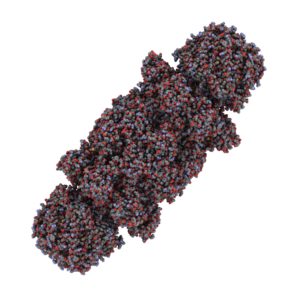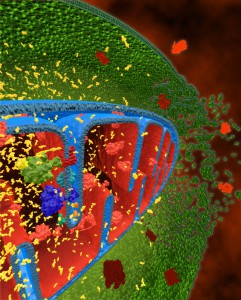
Ubiquitin modification of a protein directs events such as targeting for proteasomal degradation. Targeting a protein for degradation through ubiquitin modification is one way to regulate the amount of time a signaling protein, such as a kinase or other enzyme, is available to participate in cell signaling events. Deubiquitinases (DUBs) are enzymes that cleave the ubiquitin tags from proteins, and they have been implicated in several diseases, including cancer.
With their roles in the stabilization of proteins involved in cell cycle progression and other critical processes, DUBs are promising targets for small molecule inhibitors, particularly since they may provide a “back door” for targeting otherwise intractable, undruggable proteins by modulating their half lives. However, finding small molecule inhibitors of the ubiquitin proteases to date has not been trivial. Here we highlight two papers describing the identification and characterization of small molecule inhibitors against the DUB USP7. Continue reading “Deubiquitinases: A Backdoor into Undruggable Targets?”

